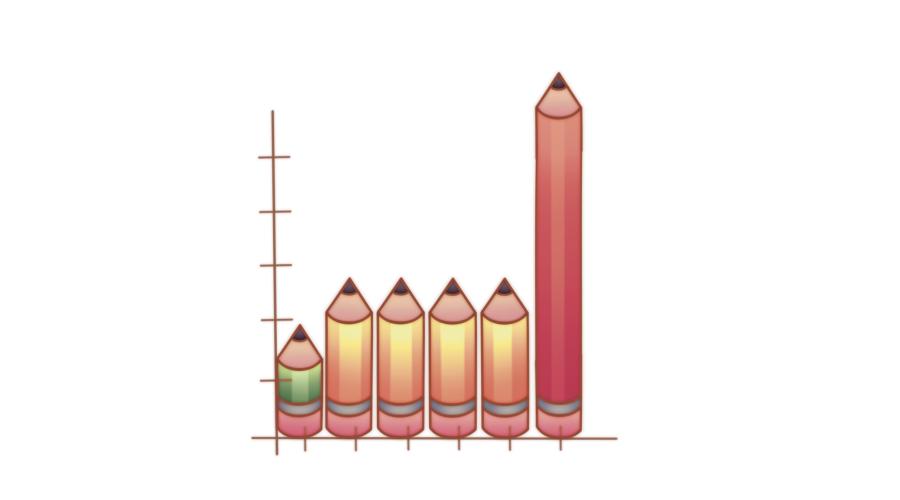To encourage schools to garner attendance for CAASPP testing, the SmarterBalance testing agency implemented a policy that punishes schools that do not achieve 95% student attendance on CAASPP tests. Test coordinator and Assistant Principal Erik Olah said students who do not take the CAASPP tests receive scores of zero.
“The state expects 95% of our students to take the test,” Olah said. “Last year, we got 51% of students taking the test. So the state is saying that (for the) 44% that didn’t take it, we’re going to use zeros for all those students.”
As a result, Paly’s CAASPP score dramatically decreased last year, falling below state standards by 59 points on the English Language Arts test and 66 points on the math test.
However, 85% of the Paly students who took the CAASPP tests achieved or exceeded the standards in both sections.
“The students that take the test do very well,” Olah said. “In the past it never mattered that we didn’t have everybody taking it or a certain percentage taking it, but it matters now that (the 95% rule) is being enforced.”
Senior Ishaan Batra, who opted out of the CAASPP test, said he opted out because he saw no benefit to taking the test.
“I figured that there would be a better use of my time,” Batra said. “(Opting out) would give me more time to finish my other work, and I didn’t see any benefit for myself to take it at the time.”
Batra also said school rankings should not be based on CAASPP testing when there are other, nationally normed tests, that are more reliable.
“For example, you could look at ACT/SAT test averages or percentage of kids that take AP/Honors classes to get the same results,” Batra said. “There’s just a bunch of other factors that one could use to determine the competitiveness of a school. I don’t think (CAASPP ratings) would play a huge role as long as it’s noted that only a small percentage took it and that’s the reason for the scores.”
Principal Brent Kline, though, said the scores provided by CAASPP testing have wide-reaching effects, potentially even influencing the housing market.
“One of the first indicators of a neighborhood is the school,” Kline said. “When the school’s scores go down, that ties to the housing market, so I think parents are going to be interested in (the scores).”
Kline said the school is planning to use messaging to increase attendance for the test, as it has worked in the past.
“I think it’s messaging that will make the difference,” Kline said. “We’re going to be talking to parents about the importance of (taking the test). It’s having discussions like we’re having with you right now.”
Kline said CAASPP testing is an opportunity for juniors to give back to their school and ultimately themselves in the future.
“We can’t force people to take (the CAASPP test),” Kline said. “This is one of those times that as a school, we’re asking you to give back to the school. For juniors, you have the chance to set the bar for when you are applying for colleges the next year when the scores come out.”

